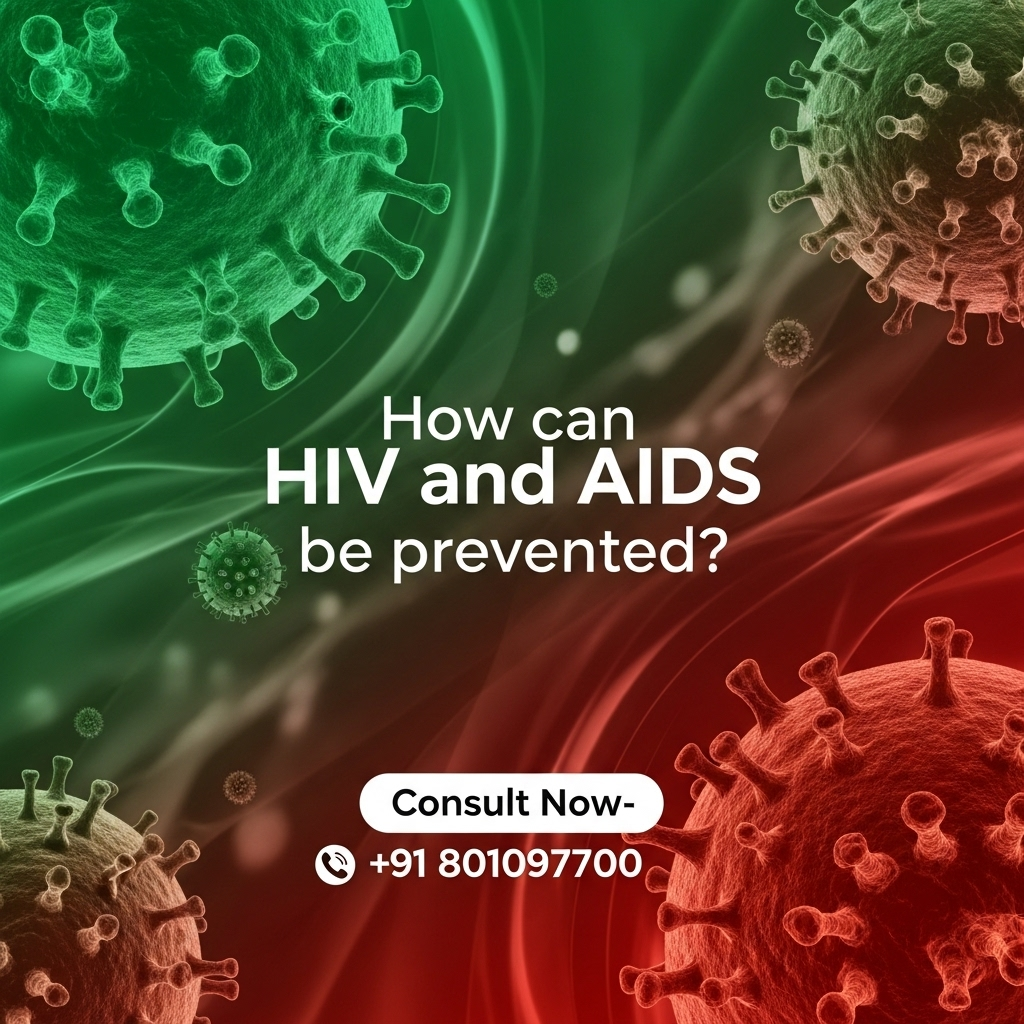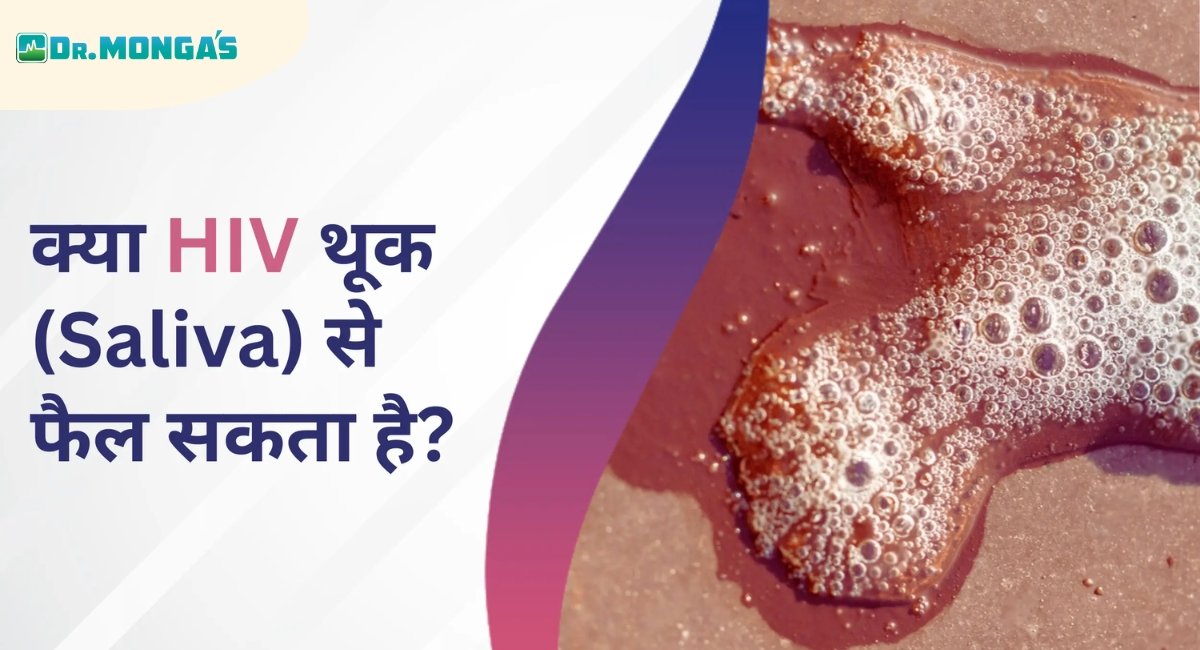How can HIV and AIDS be prevented
In the fight against HIV and AIDS, prevention is key. Understanding how to prevent these conditions is crucial to protecting yourself and others. In this article, we’ll discuss various strategies. For example, community outreach programs and safe sex can help reduce the risk of HIV and AIDS.

Before considering prevention measures, it’s important to understand what HIV and AIDS are. HIV, or human immunodeficiency virus, attacks the body’s immune system, specifically CD4 cells (T cells), which are essential for fighting infection.
If left untreated, HIV eventually progresses to AIDS (acquired immunodeficiency syndrome), the final stage of the infection, where it severely weakens the immune system.
The Difference Between HIV and AIDS
It’s important to note that not everyone infected with HIV will develop AIDS. With proper medical care and regular adherence to treatment, many people living with HIV live long and healthy lives without developing AIDS. This emphasizes the importance of early detection and continued treatment.
Prevention of HIV and AIDS
HIV and AIDS prevention strategies focus on reducing the risk of transmission. Here are some of the most effective methods:
Safe Sex Practices
Practicing safe sex is one of the most effective ways to prevent HIV transmission. This includes using a condom correctly every time you have sex, whether vaginal, anal, or oral. Condoms act as a barrier, preventing the exchange of body fluids that could carry the virus.
Importance of Communication
Open communication with your partner about safe sex practices is crucial. Discuss HIV testing, sexual history, and agree on using protection consistently to ensure both partners are on the same page.
Regular Testing and Early Detection
Getting tested for HIV regularly is essential, especially if you have multiple partners or engage in high-risk behavior. Early detection allows for timely treatment, which reduces the risk of infection to others.
Where to Get Tested
Many health care facilities, community clinics, and outreach programs offer free or low-cost HIV testing. It’s a simple process, and knowing your status gives you the power to make informed decisions about your health and relationships.
Pre-exposure Prophylaxis (PrEP)
HIV-negative individuals take PrEP to lower their risk of contracting the virus. Doctors especially recommend it for people at high risk, such as those with an HIV-positive partner. When taken consistently, PrEP can significantly reduce the risk of infection.
Post-exposure Prophylaxis (PEP)
PEP is a treatment option for people who may have been exposed to HIV. It involves taking antiretroviral medications within 72 hours of potential exposure to prevent the spread of the virus. PEP is a short-term treatment, usually lasting 28 days.
Community Outreach Programs
Community outreach programs play a vital role in HIV and AIDS prevention. These programs focus on education, awareness, and providing resources to at-risk populations.
Education and Awareness
Education is a powerful tool in HIV and AIDS prevention. Outreach programs often organize workshops and seminars to inform the community about risks, transmission methods, and prevention strategies. These programs help dispel myths and reduce stigma, encouraging more people to seek testing and treatment.
Support and Resources
Community programs also provide support and resources for people living with HIV. This includes access to medical care, counseling, and support groups, which are essential for maintaining physical and mental health.
Case Study: Successful Community Program
Consider the example of a community outreach program in a high-risk area that successfully reduced new HIV cases by 30% over five years. By focusing on education, testing, and providing free condoms, the program empowered the community to take responsibility for their sexual health.
The Role of Education in Prevention
Education extends beyond community programs. Schools play a vital role in teaching young people about safe sex practices and HIV prevention. Comprehensive sex education that includes information about HIV and AIDS can equip students with the knowledge they need to make informed decisions.
Parents and Guardians
Parents and guardians also have a role in educating young people about HIV and AIDS. Open, honest conversations about sexual health and safe practices can prepare children and teens to make safer choices as they grow up.
Conclusion
Preventing HIV and AIDS requires a multifaceted approach. By understanding the virus, practicing safe sex, getting tested regularly, and participating in community outreach programs, we can significantly reduce the risk of infection. Education and open communication are key components of this effort. Together, we can work toward a future where HIV and AIDS are no longer a public health threat.
Remember, knowledge is power. Equip yourself with the information and resources you need to protect yourself and others from HIV and AIDS.











Leave a Reply